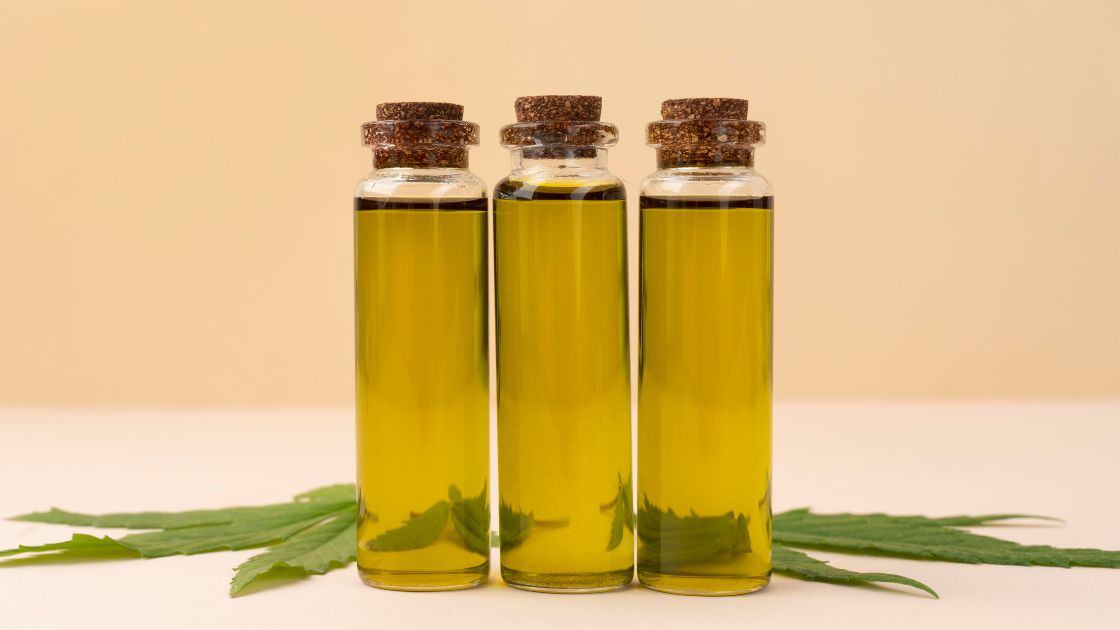
Wildflower Honey vs Regular Honey: Which is BEST Honey?
There's a popular saying – the pedigree of honey does not concern the clover or bee; it's the aristocracy. And this aristocracy of honey is determined by purity. That's where wildlife honey wins the bet over regular honey.
So, if you love to eat honey or someone appreciating Mother Nature's sweet nectar, you may have already come across the term wildflower honey. Now, how does it differ from regular honey?
Surprisingly, both variants are delicious and come with various health benefits. However, specific differences make them different from one another. This article is worth exploring as it introduces the aspects that differentiate regular honey from wildflowers.
So, let's skip to the comparison of both honey!
Differences between Wildflower vs Regular Honey
|
Parameters |
Regular Honey |
Wildflower Honey |
|
Flavour |
Consistent but often less distinctive taste and aroma due to blending |
Rich, complex flavours and aromas that capture the essence of local flora |
|
Floral Sources |
A blend of various sources, including wildflowers, agricultural crops, and other plant sources |
Exclusively from wildflowers in natural, uncultivated areas |
|
How it Looks |
Typically, a more uniform colour, often lighter in shade |
Varies widely, ranging from light golden to deep amber, depending on the wildflowers |
|
Nutritional Value |
Some beneficial compounds may be lost during processing |
May contain higher levels of antioxidants, enzymes, and pollen particles |
|
Availability |
Available year-round |
Limited availability |
|
Processing |
Heavily processed, heated, and filtered to extend shelf life |
Minimally processed, preserving more natural enzymes and compounds |
A premier on honey – why is it an important ingredient in your diet chart?
Compared to white sugar, honey is a natural sweetener. Honeybees produce it from flowers' nectar by combining enzymes and store them in the wax honeycombs. The nectar undergoes dehydration and transforms the liquid into honey, a thicker liquid we use daily.
Research suggests that honey has several uses in the world of Ayurveda. Besides being a natural energy booster, it helps heal wounds faster. It's a natural cough suppressant and helps relieve cough and sore throat. It's rich in antioxidants, so it can improve immunity, too.
From relieving digestive issues to promoting heart health, honey has several advantages. However, poor-quality honey may not offer the right benefits. That's where the discussion of this post comes in. Let's now find out the differences between wildflower honey vs regular.
An introduction to wildlife honey vs regular
Calling wildflower honey Mother Nature's sweet masterwork is not an exaggeration. Wildflower honey is produced by honeybees foraging exclusively on nectars of wildflowers that grow in the wild, especially in those uncultivated regions. Wildflowers may include clover, lavender, and dandelions. However, other flowers may be used depending on the season and region. And the result we get is rich and unique.
Wildflower honey includes fewer processes as it retains more natural enzymes and antioxidants. So, it tastes better and offers more health benefits than regular honey.
Regular honey is processed and usually found in nearby grocery stores. It is a combination of honey collected from different sources, including wildflowers. However, it also includes honey collected from other plant sources, including agricultural crops. The processed honey undergoes several heating and filtration processes to eliminate impurities and extend its shelf life.
Also, Check:
Different parameters that distinguish wildlife honey from regular honey
While regular honey is readily available at affordable prices, the following parameters make wildflower honey a clear winner.
Sources of flowers
The prime difference between regular honey and wildflower honey lies in the flower sources from which the bees collect the nectar. When it comes to wildflower honey, it's exclusively collected from wildflowers growing in the wild. It may be uncultivated areas like forests or meadows. The specialty of wildflower honey lies in its unique aromas.
On the other hand, regular honey usually is made from nectars collected from various sources, including crops.
Appearance or colour of honey
Wildflower honey's appearance is golden or light brown, at times amber. The colour entirely depends on the wildflowers selected by the honeybee. On the other hand, regular honey has a darker brown compared to wildflower honey. The darker shade is because it is a mixed form collected from different nectar sources.
Taste and flavour
Some wildflower honey is fruity in taste, while regular honey lacks the rich taste of wildflower honey. Simply put, regular honey has a consistent flavour because it is from different nectars.
How the honey is processed
Even the processing methods for wildflower honey vs regular are different. Wildflower honey is minimally processed. So it preserves more natural enzymes. The unprocessed and raw honey can retain unique flavors and other health benefits. On the other hand, regular honey undergoes extensive processing. It includes various heating methods besides filtering and pasteurisation. So, it cannot retain the natural flavours.
How readily is the Honey available?
Wildflower honey is a limited edition, meaning it will be more expensive than regular ones. The production depends on weather conditions, the availability of habitats for bees, and bloom cycles.
But regular honey is readily available in the stores. You can find it all around the year as it's produced on a larger scale from different sources. This widespread availability often makes regular honey more affordable and accessible to consumers.
Honey enthusiasts love the unique texture and flavours of wildflower honey. So, they are willing to afford the expensive product. If you are one of them, find out the best store that offers wildflower honey.
Nutritional Value
Last but not least, nutritional value is also different in these two variants of honey. Not to forget, wildflower honey is obviously a better option as it comes with more antioxidants and enzymes. Nonetheless, regular honey may lose its beneficial compounds through various processes.
Conclusion
Now that you have understood the real differences between wildflower honey vs regular, it's time to savour the lip-smacking flavours that Mother Nature offers. The choice between wildflower honey and regular honey depends on your preference and budget.
If you want a flavorful experience, wildflower honey is a better option. However, if you want an affordable product you can use daily, there's no alternative to regular honey.
FAQs
1. Is wildflower honey a more nutritious choice than regular?
Notably, both wildflower honey and regular offer various health benefits. However, wildflower honey contains higher levels of beneficial compounds because of the flower options and minimal processing.
2. What are some benefits of raw or wildflower honey?
Wildflower honey offers these amazing health benefits:
- Relieves allergy
- Boosts immunity
- Offers healthy and glowing skin
- Cough suppression
- Improves digestion
- Reduces inflammation
- Treats burns
- Helps heal scars faster
- Regulates blood sugar
3. How to use wildflower honey?
You can use wildflower honey in the following ways:
- Garnish fresh fruits with yogurt and honey
- Add one spoon to your smoothie or hot beverages
- Use it to marinade meat
- Spread it over the bread toast
4. Can children consume wildflower honey?
Wildflower honey or raw honey is not safe for children below twelve months. Since it is not processed or filtered, it contains bacteria that may harm children. So, please consult your pediatrician before including it in your kid's diet.
Do read our other Honey comparisons:
Acacia Honey vs Manuka Honey | Munuka vs BuckWheat Honey | Clover vs Whild Flower Honey | Neem Honey vs Manuka Honey | Set Honey vs Clear Honey | Sugar vs Jaggery vs Honey | Organic Honey vs regular Honey




